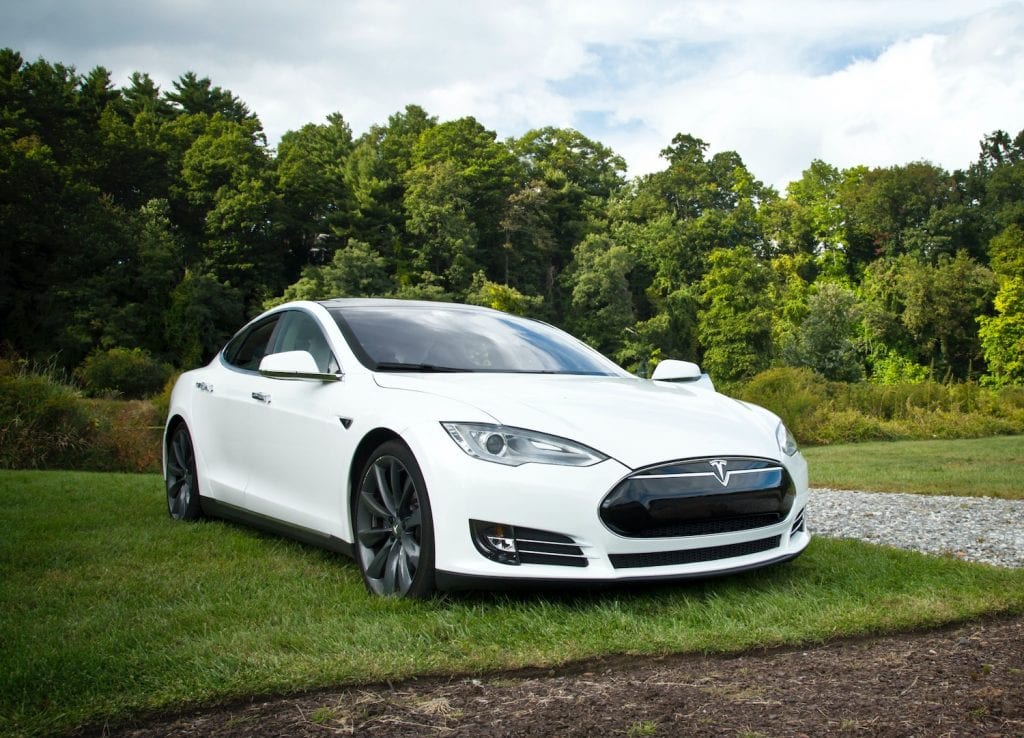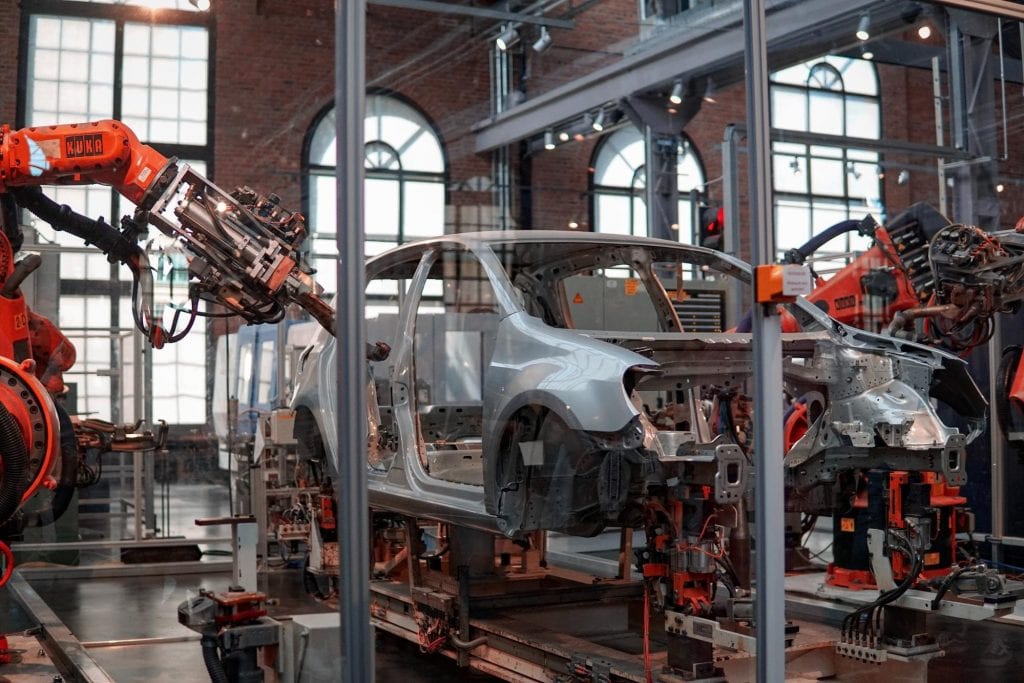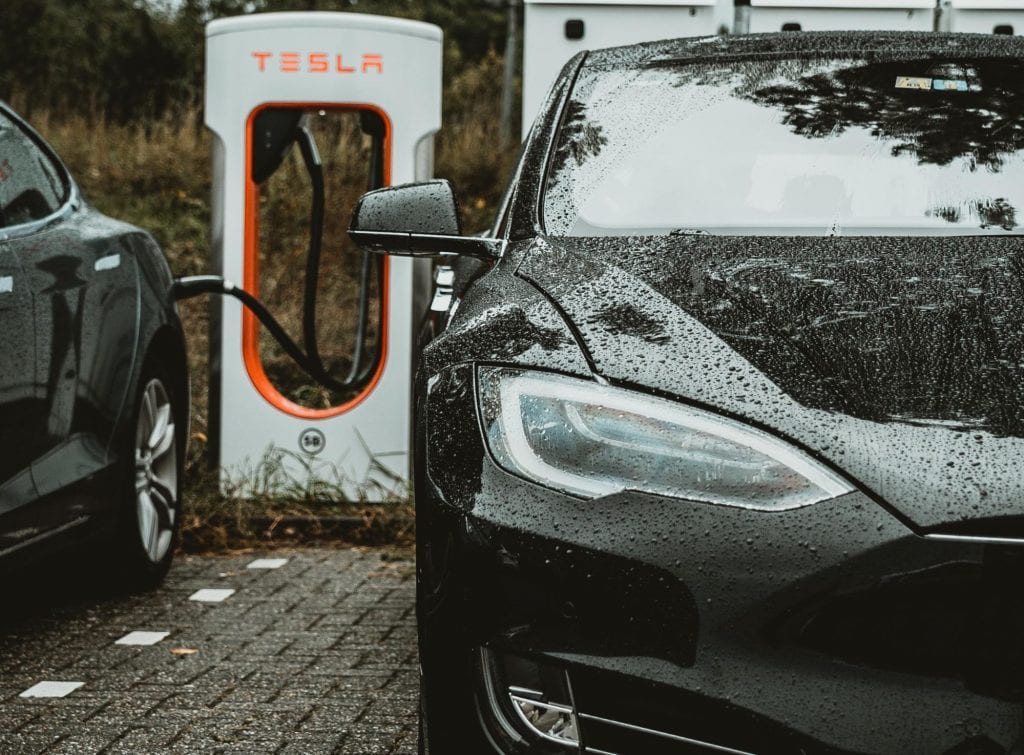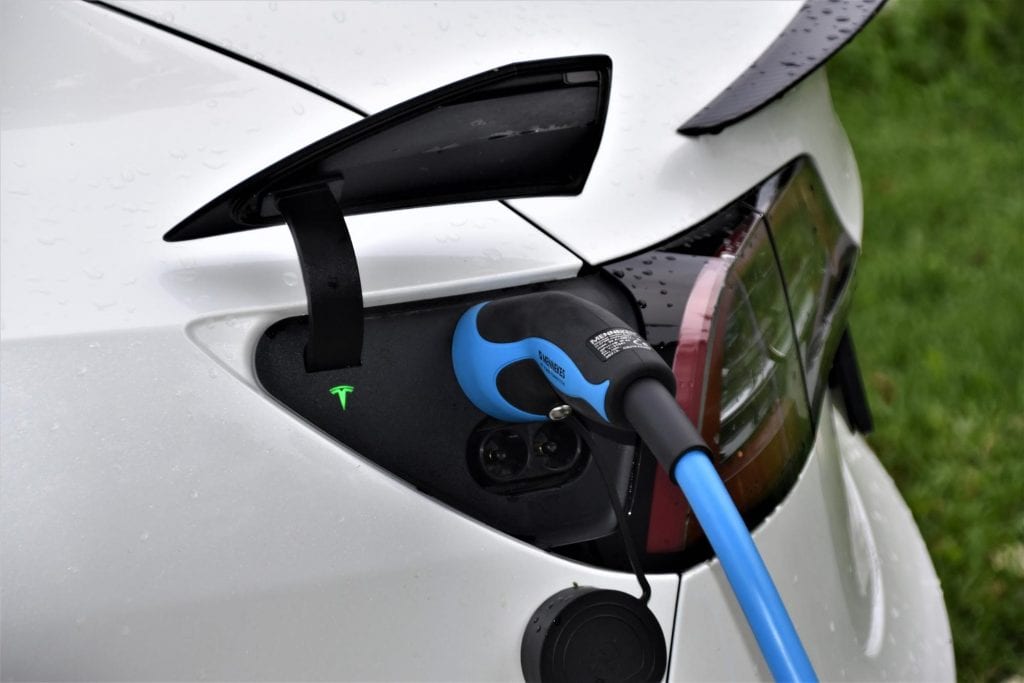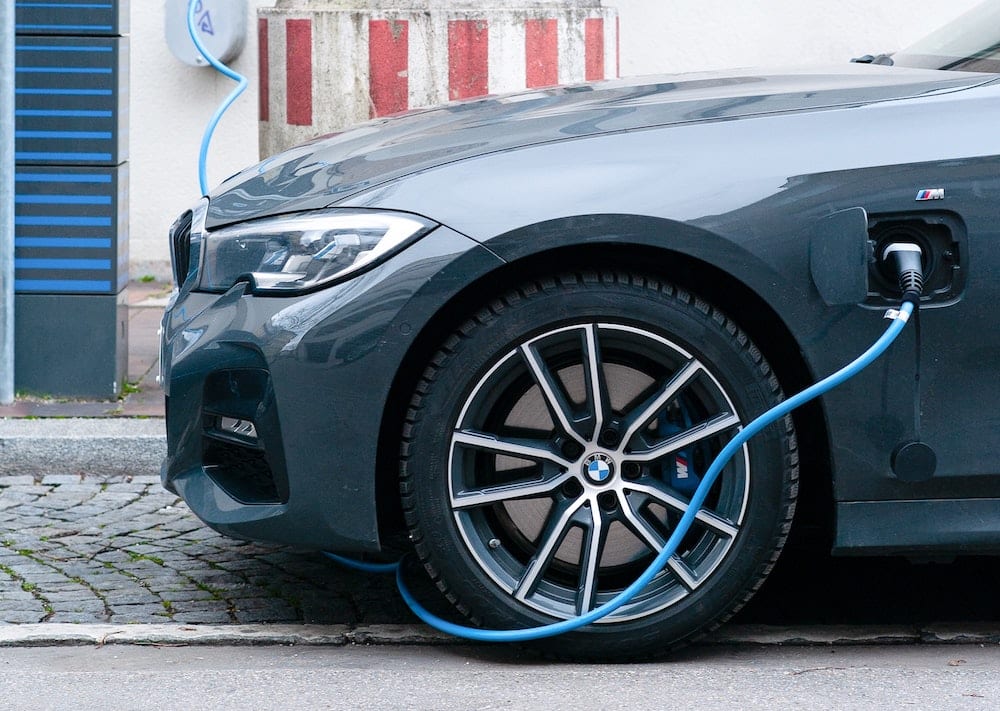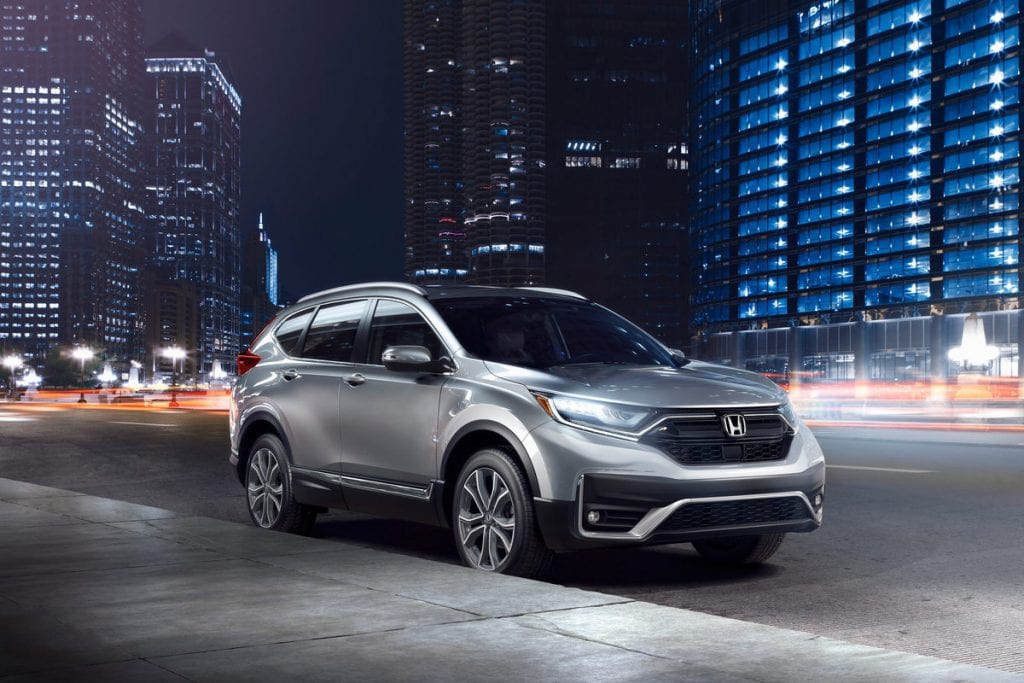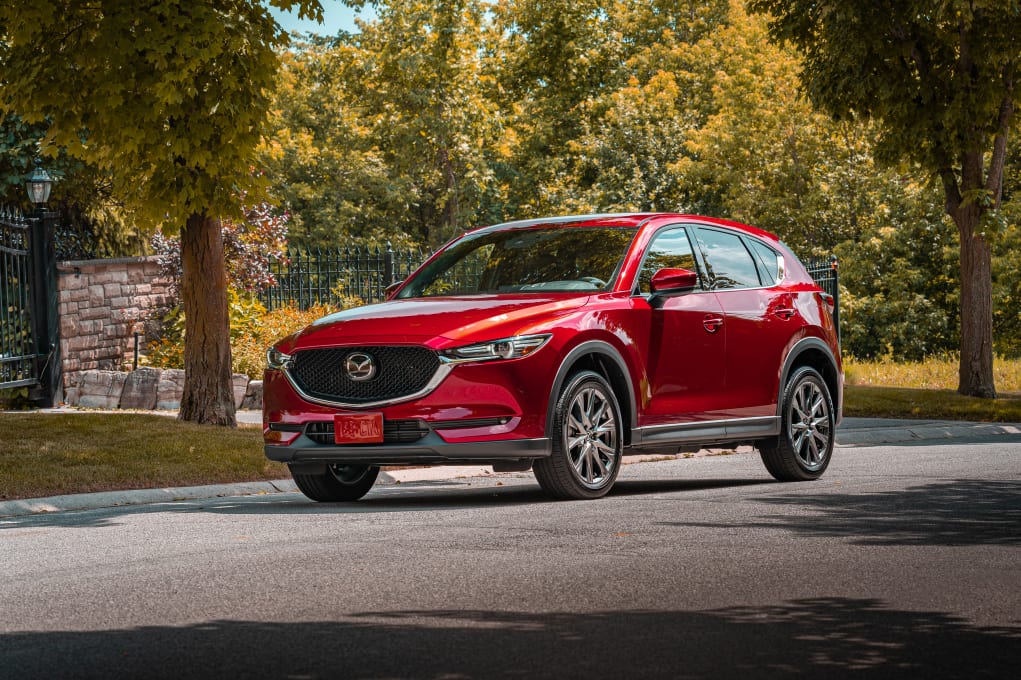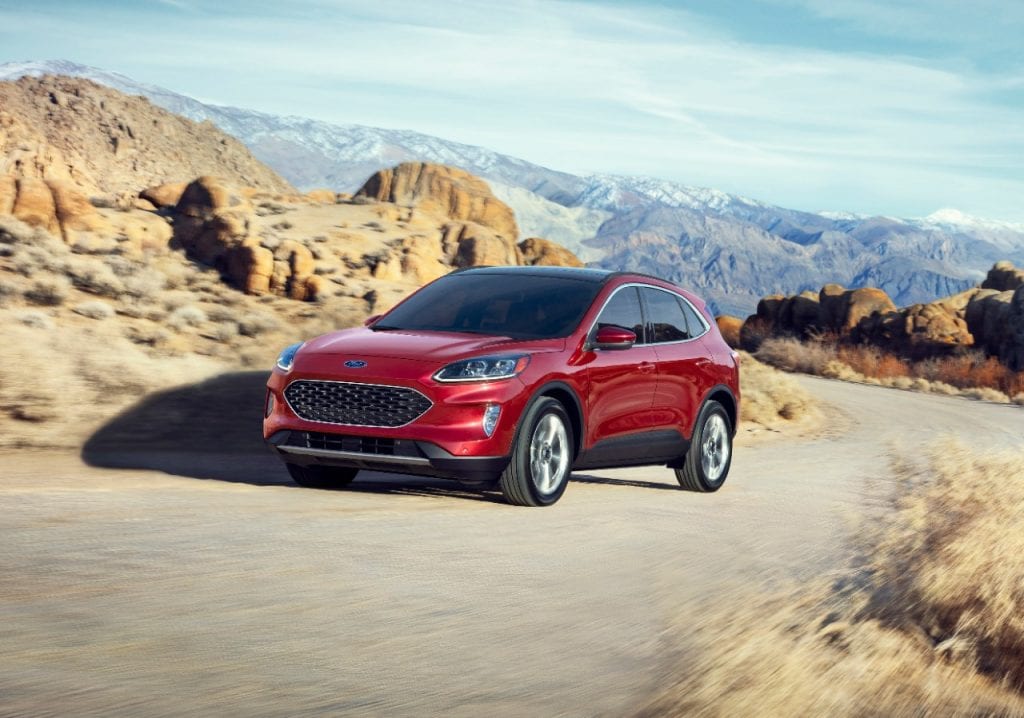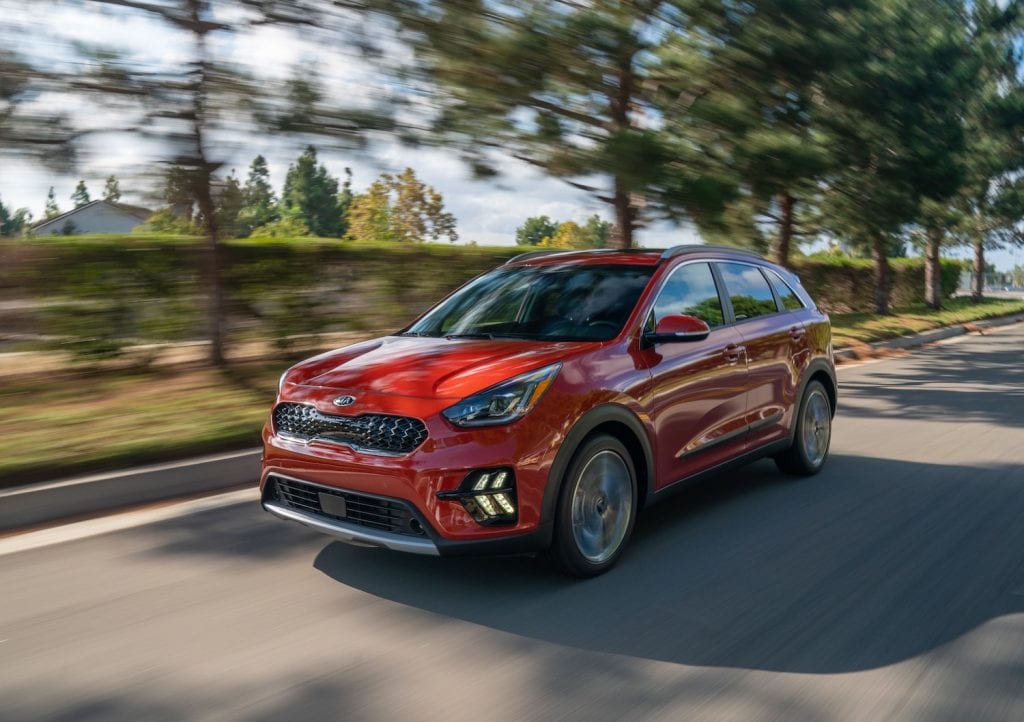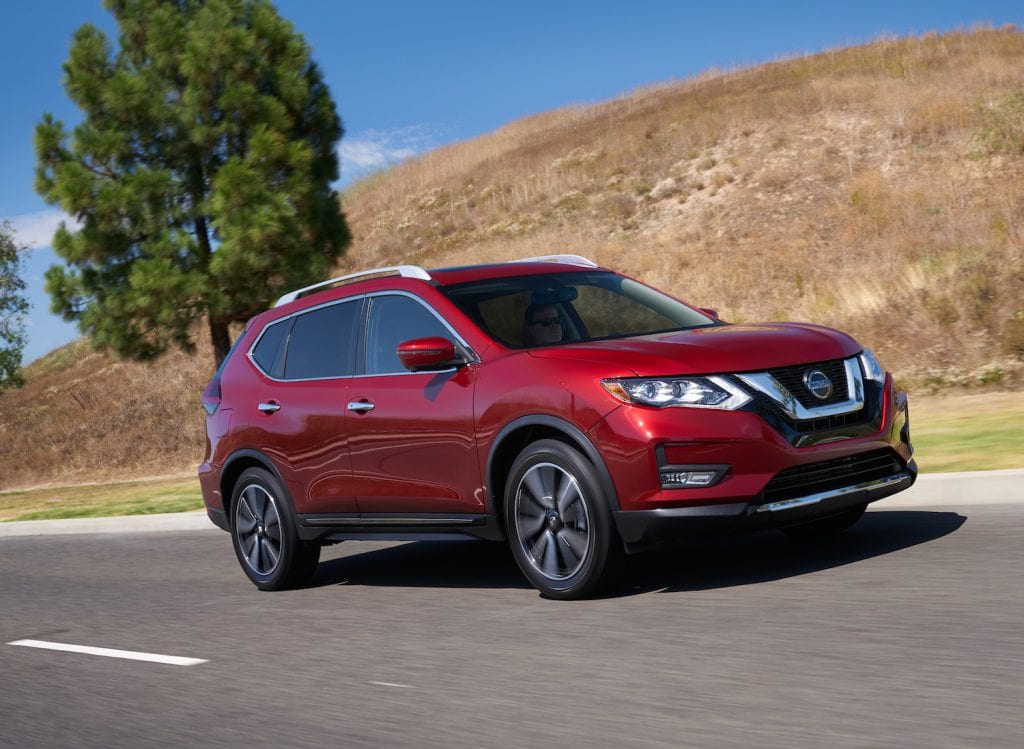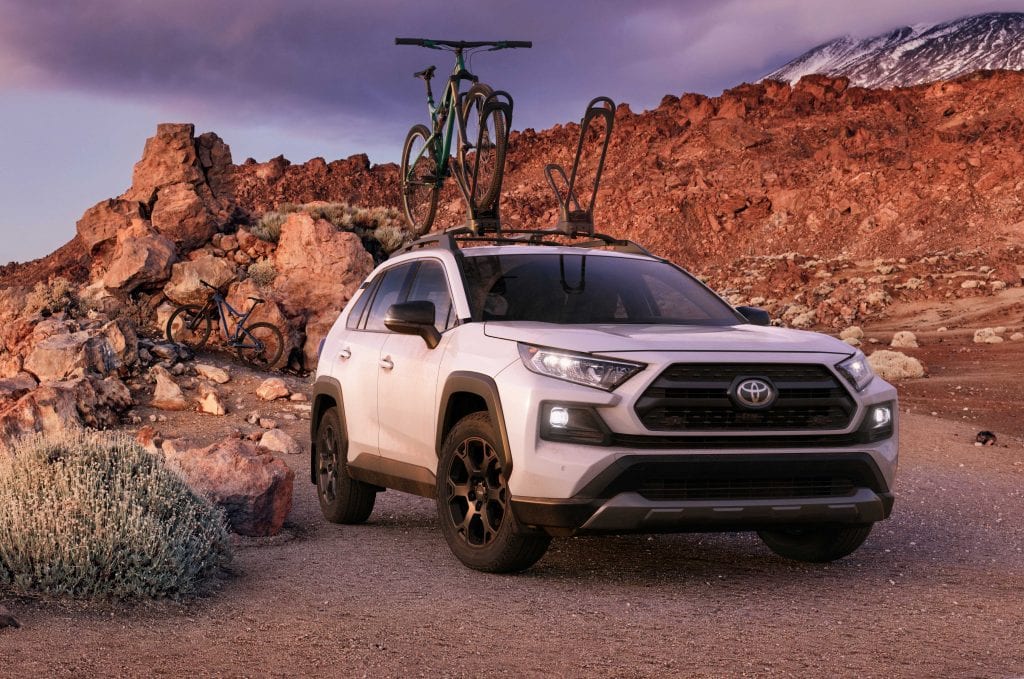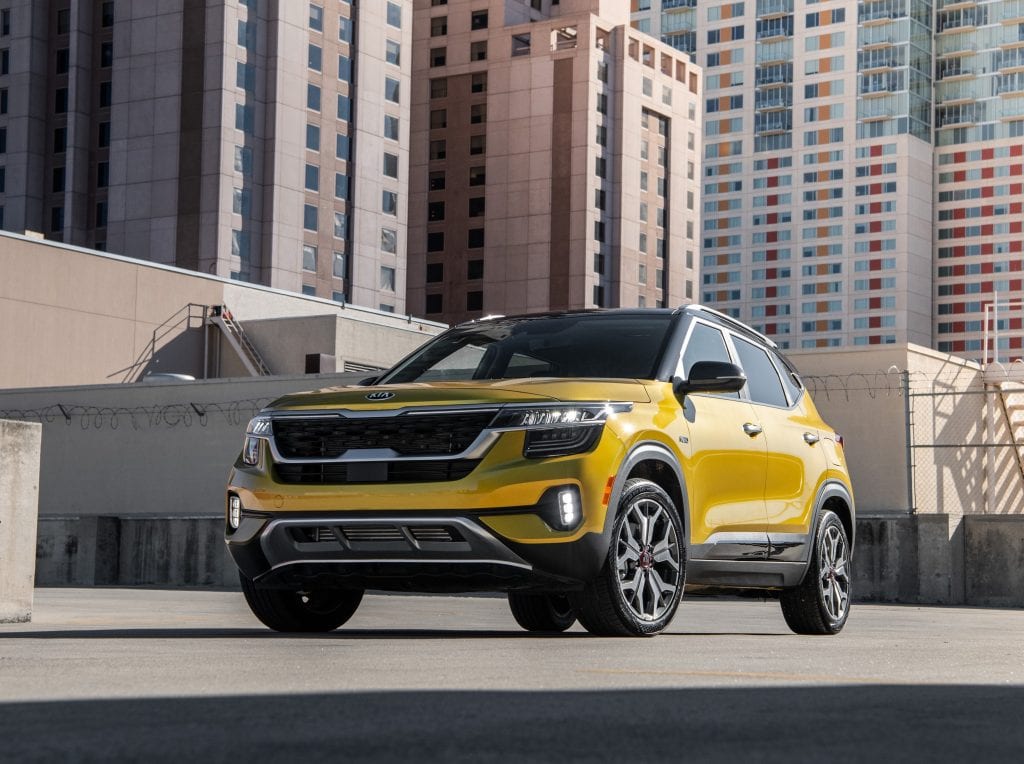Taking a Closer Look at the EV
Regardless of whether or not you like electric cars, the simple fact of the matter is that they will be a very important part of the automotive industry’s future. Governments are pushing for them and automakers are investing heavily in electrification.
While the overall number of electric vehicles remains relatively low, that is likely to change as the technology progresses and as the price for these vehicles comes down. According to Statistica, the number of electric vehicles sold in 2019 was just 245,000 in the U.S. As you can see, that is a very small portion of the automotive industry.
So, if demand is so low, why is interest so high? It’s because being “environmentally friendly” is a hot-button issue right now. Everyone’s arguing about the best way to cut emissions and the prevalence of global warming. Sure, there are some out there who are still global warming skeptics, but the vast majority of the world and especially the scientific community are in agreement about climate change and how we’ve impacted it.
Automakers see the writing on the wall and rather than be reactionary, they’re trying to get ahead of the curve. That way, when the tides do change and EVs are the big thing, they will be ready for it.
With all this said, there’s still a bit of a debate about how environmentally friendly electric cars are. Just the other day I had a friend send me a video about the subject that had many inaccuracies in it. I’ll spare you the video, but with this in mind, I wanted to take a closer look at this topic. So, how environmentally friendly are electric cars really? Let’s dig in.
How Eco-Friendly Are Electric Cars Themselves?
First, I want to start with the cars themselves. There’s a lot to the full question of are EVs better for the environment, but before we get into the manufacturing practices and the infrastructure, I want to touch on the vehicles themselves and do a comparison to internal-combustion-engine (ICE) cars.
Recently I discussed the fact that electric cars have been found to be more affordable to own than their ICE counterparts, according to a Consumer Reports study. The publication found that pretty much every way you slice it electric cars are going to be more affordable to own long term. CR found that the average savings over a comparable ICE car is $6,000 to $10,000. A part of that savings was the cost of the power for the car. EVs are less expensive to “fill-up.”
Price, though, doesn’t equate to environmentally friendly. When you compare the car itself and its operation to an ICE car, the first thing you need to note is that the electric car doesn’t produce emissions. There’s no tailpipe.
However, you need to think about where your battery power comes from. If the power that goes into your car comes from renewable energy sources, then you’re doing a pretty darn good job of trying to stay green.
If you’re getting all of your electricity from coal-fired powerplants or some other “dirty” energy source, then you’re still contributing to greenhouse gas emissions. It is worth noting, though, that even an electric car that gets all of its battery power from a coal powerplant creates fewer emissions than an ICE car, according to Science Focus, which is owned by the BBC.
While that sounds all well and good, there are various sources out there that dispute the claims stated in Science Focus.
I found a lot of conflicting information on this point. However, I would say that electric cars are only getting more efficient, so if that isn’t the case, and they’re not more efficient than ICE cars, they might be in a couple of years.
It’s also worth noting that in the future, a renewable energy source could replace a dirty energy source (like coal), which would render your electric car even cleaner down the road.
The publication New Scientist cites data from a study done by Florian Knobloch at Radboud University in the Netherlands that showed in the 59 regions of the world in which electric cars were studied, only six of them had higher emissions for electric cars than petrol cars. Those six areas were ones that relied almost exclusively on coal.
With all that in mind, there may be some validity to the idea that you need to think about where you’re electric car is getting its battery power from, but Top Gear notes that a power plant is better at producing power than a car, and when that power is then used across a power grid, it is actually more efficient overall than a whole bunch of little ICE cars.
In my research, I found that electric car naysayers seemed focused on finding a scenario in which electric cars weren’t as efficient as ICE cars and then trying to use that scenario to make grand suggestions about electric cars in general.
The consensus among serious studies and serious journalists around the world is this: electric cars are more efficient than ICE ones in just about every scenario, though there are some possibilities where an ICE car would be more efficient.
Also, the trajectory of the electric car is clear. Both the cars and the energy creation methods used to power them is only going to get more and more efficient over time as the technology advances. The winner in terms of which is the cleanest vehicle is the EV.
How Eco-Friendly Is it to Make Electric Cars?
Then there’s the question of manufacturing. How green is it to make an electric car as opposed to an ICE car?
Again, this is a hotly debated topic. It’s often one that electric car naysayers point to as the Achilles heel of the EV, but Top Gear cites data from the International Council for Clean Transportation that shows producing an EV is more damaging to the environment than an ICE car by just under three times.
Similar studies, including one done by Fraunhofer Institute for Building Physics that was cited in Deutsche Welle, showed that it takes more than twice as much energy to produce an EV than it does an ICE. Multiple other sources show similar data. EVs cost more energy to produce and have more of a negative impact on the environment.
This is due to the battery. While the chassis of the car and just about every other part of it is about equal to an ICE car, the battery of an electric car takes a lot of energy when it comes to mining and refining the raw materials.
However, that’s not the whole story. As we all know, once a car has left the factory it’s just beginning its life. You have to think about the entire life of the car. This is where things get pretty interesting.
According to that same Top Gear article, the amount of energy an ICE car uses up over the course of its life is about eight times that of an EV. If you don’t believe Top Gear’s research, Deutsche Welle found that the number is six times that of an EV. Regardless, the contrast is stark. So, while EVs tend to burn up way more energy to be created, ICE cars burn up way more over the course of their life.
What About the Infrastructure?
Have a conversation about electric cars longer than five minutes, and you’ll have someone bring up the word infrastructure. This is an interesting one. Here’s why.
When it comes to electric cars, there simply isn’t the infrastructure in place to support every single person driving an electric vehicle. There would be huge lines at the charging stations that are in place.
Our electrical grid is long overdue for an upgrade. According to the Union of Concerned Scientists, the electric power grid is outdated and dirty. It was created several decades ago and isn’t designed well for all of the new sources of renewable energy. Some massive infrastructure projects are needed at some point down the road.
With that being said, the grid could handle a massive surge of electric cars. Autoweek published a story that found the electric grid won’t be overwhelmed if everyone starts using electric cars.
“There’s enough spare capacity in the U.S. electric grid to electrify all the passenger vehicles, all the light-duty cars, and trucks in America right now,” said Max Baumhefner, senior attorney for the Natural Resources Defense Council. He was interviewed in Autoweeks reporting and cited a paper written by researchers for Pacific Northwest National Labs.
Still, even though our grid can handle the extra load, we would still have to build plenty of charging stations, and the building of those stations as well as sourcing the materials needed would burn plenty of fossil fuels.
I couldn’t find a study or much information about how much fossil fuel it would take to add numerous charging stations around the country and world, but it would be an interesting study to have done. My expectation would be that at-home charging stations would be the most cost-effective both in terms of money and resources. In my mind, they would also be the most environmentally friendly. However, I wasn’t able to find conclusive evidence.
Home charging stations could definitely do the trick though. With the way battery technology is advancing and the range of battery-powered cars is increasing I can see the number of times you’d need to charge up at a location that isn’t your home being few and far between in a few year’s time.
The current most advanced EVs out there, such as the Lucid Air, can do over 500 miles per charge. Even the EVs you see out on the road regularly will do a few hundred miles per charge. That’s only going to increase, and it makes sense that you could charge up at home in most cases.
So, infrastructure is a problem. And although our current grid can handle the load of a slew of new EVs, we should still think about updating our electrical grid and will likely burn a lot of fossil fuels in the process. However, all of that will be done in the name of working towards a greener future.
How Eco-Friendly Are the Batteries?
Batteries are both great and awful for the environment. They’re great because they provide you with the ability to store energy and use it as you need it. This is why electric cars can do what they do. They’re awful because creating a battery causes a lot of CO2 emissions and the mining of lithium destroys environments.
According to Deutsche Welle, creating each kilowatt hour of battery capacity involves 125 kilograms (276 pounds) of CO2 emissions. This would mean that a 22-kilowatt-hour battery (which is what’s in the BMW i3) puts out almost three tons of CO2 into the atmosphere. Some studies have shown that CO2 emissions are even higher than that (150 kilograms to 300 kilograms).
An IVL Swedish Environmental Research Institute report, cited by Deutsche Welle, noted that manufacturing batteries with the current methods use up 350 to 650 Megajoule of energy per kWh.
Also, it’s worth noting that the mining operations that produce the materials used in batteries are often human rights violation hotbeds. They’re usually found in countries like China or the Democratic Republic of Congo. These mines also absolutely destroy the environment, including issues like deforestation, pollution in rivers, and contamination of soil.
“Manufacturing an electric vehicle today is more energy-intensive than manufacturing a conventionally fueled car,” said Yoann Le Petit, an e-mobility expert with the Brussels-based campaign group Transport & Environment, in Deutsche Welle’s article.
As we noted above, this is true, but over the course of the life of the car, the energy used between EV and ICE presents a different story.
However, that doesn’t change the fact that mining the materials and producing batteries is straight-up horrible for the environment.
The hope is that the process could be cleaned up. This would likely require a lot of work and a lot of change. Countries would have to better monitor mining operations and there would need to be notable improvements made at every stage of the process. It’s not impossible, but I wouldn’t hold my breath if I were you.
The Environmental Pros and Cons of Electric Cars
Now that I’ve hit on the true meat of the story, I wanted to do a recap and just hit some pros and cons. This will help you, dear reader, see where we’re at currently with the state of electric cars and how efficient they really are.
The Pros
- Electric cars are more environmentally friendly over the course of their lifetime.
- Electric cars use less energy when they’re in use.
- The energy grid can handle it.
- Battery technology and EV performance are only getting better.
- More renewable energy sources mean greener EVs over time.
The Cons
- Creating batteries is horrible for the environment.
- We need massive infrastructure advancement and way more charging stations.
- The demand for EVs from consumers is still rather low and most models are pricier than their ICE counterparts.
I’ll update this article as the reality of electric cars advances over time. It’s safe to say that EVs are not going anywhere and that sooner rather than later, most of us will be charging our cars instead of filling them up with gasoline or diesel fuel.
Sources Cited/Used:
